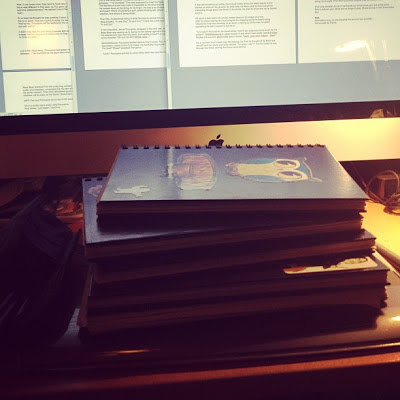I joined Twitter about four years ago when it was still rather new. I’ll admit that back then I had no idea how to use it! But now, four years later, I find it to be one of the most helpful ways to socialize, learn and network with others in the children’s publishing world. Along the way, I’ve met some really great friends. I met my fellow bloggers here on Simply Messing About on Twitter! Here are some very basic steps to navigating your way through Twitter to get the most from it.
1. Set up your account so it is most beneficial for you:


